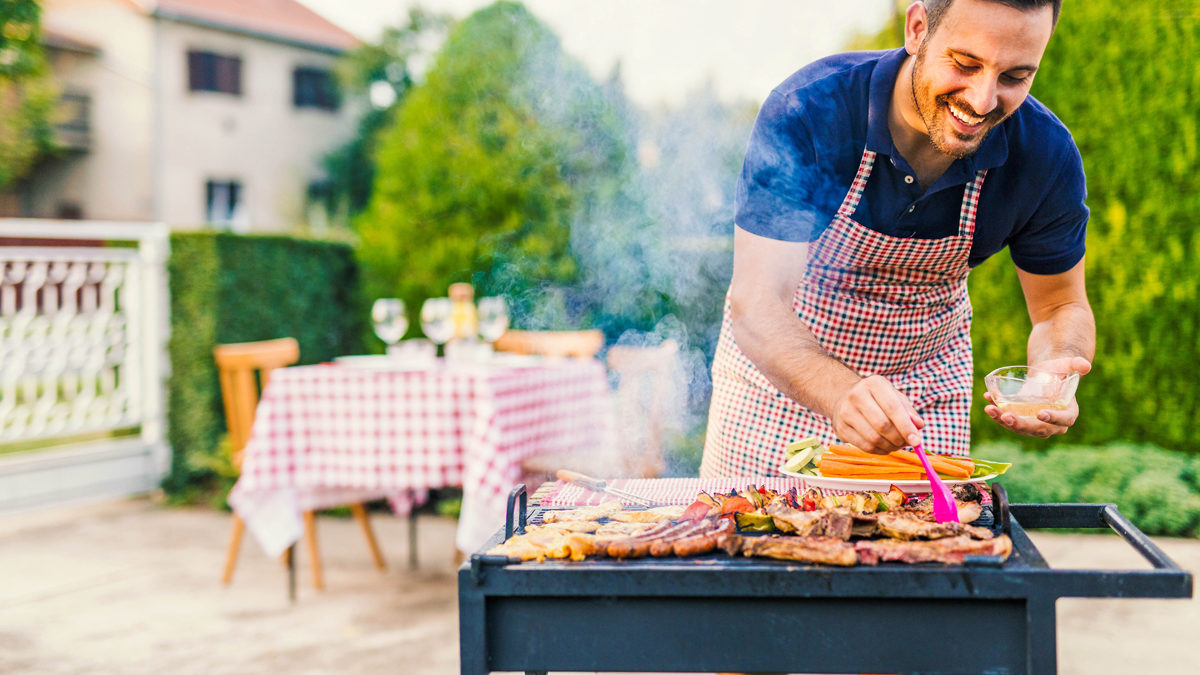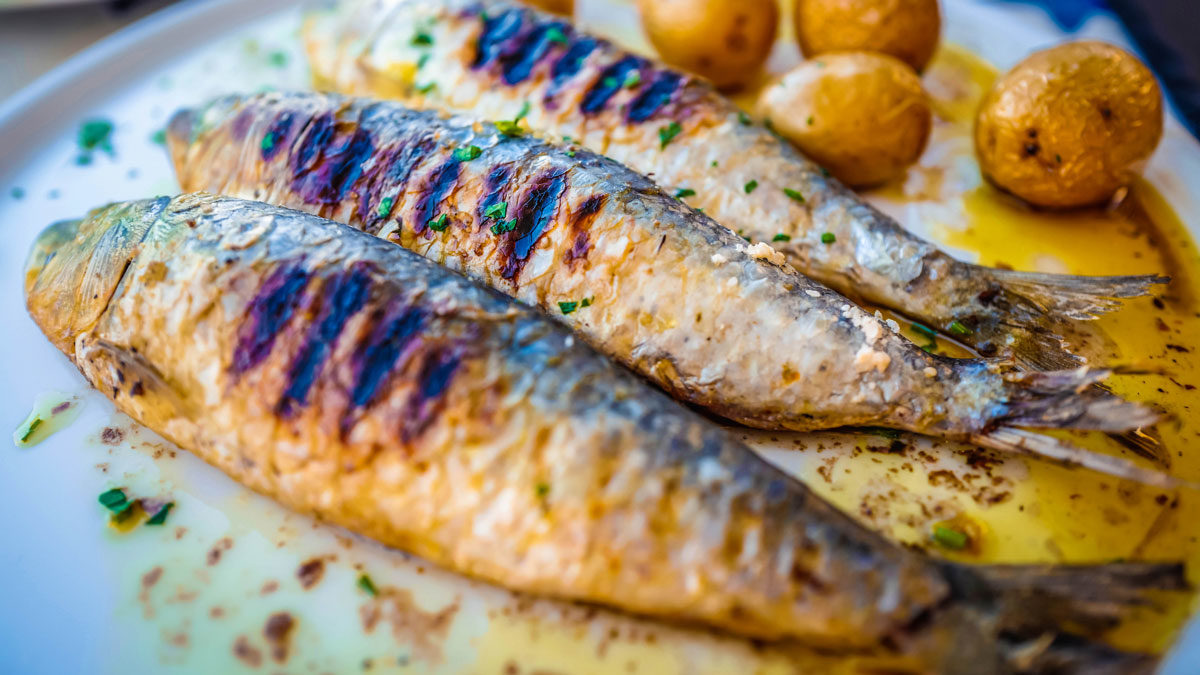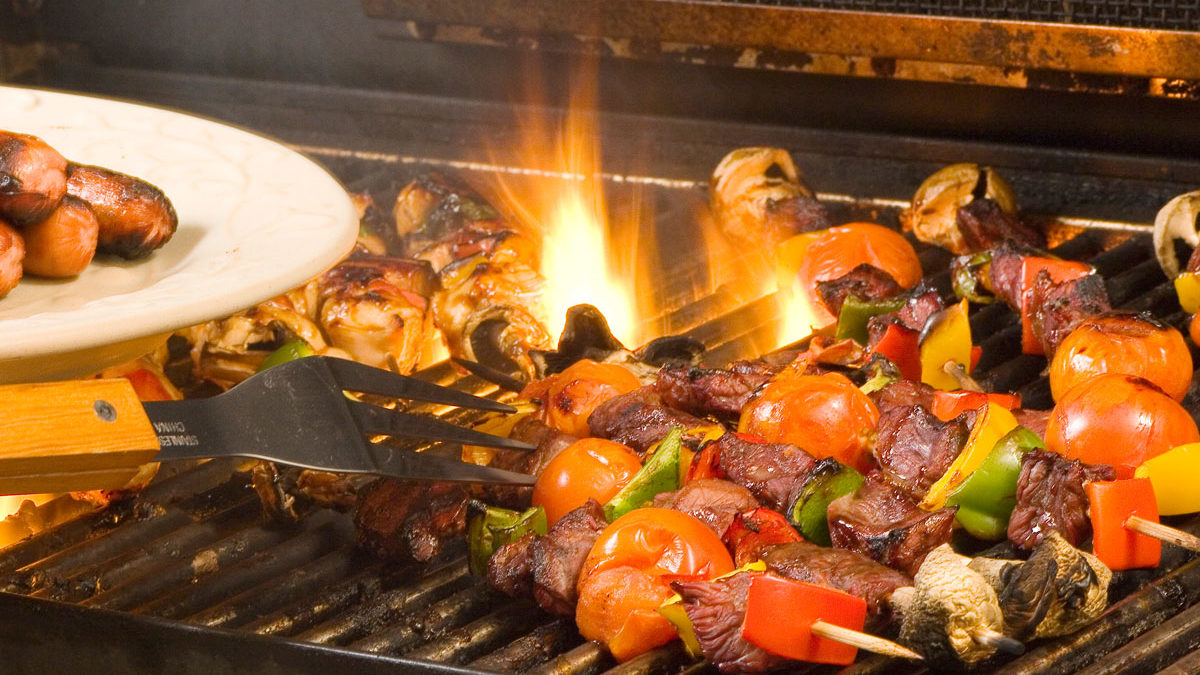Gas vs. charcoal: Dishing on popular grilling methods – When it comes time to replace or upgrade a grill, the age-old question remains: Do I choose a charcoal or gas-fueled grill? That decision can spark heated debate among grillmasters, but for many it may boil down to a number of factors.

Any time of year has the potential to be grilling season. Grilling is not only a way to prepare meals; for many, it’s also a passion.
“Barbecuing is no longer just a pastime, but an integral part of the North American lifestyle,” said Jack Goldman, president and CEO, Hearth, Patio & Barbecue Association. “We expect consumers’ passion for flavorful food and entertaining their family and friends to continue to increase.”
The HPBA’s 2017 industry survey found that 70 percent of adults in the United States own a grill or smoker. Those numbers are even greater in Canada, where 80 percent of adults have a grill to call their own. Flavor, lifestyle and entertainment are the prime reasons people grill.
Cost
Charcoal grills tend to be the less expensive than gas grills. The food and beverage trend reporter Chowhound indicates that a low-end grill can be purchased for around $25. However, deluxe charcoal kettles and other charcoal alternatives tend to be considerably more expensive. The most popular gas grills may cost anywhere from $130 to $300. Those who prefer more options and high-end offerings can pay between $800 and $1,500.
High heat searing
When cooking expensive, well-marbled steaks or other dishes that benefit from high-heat searing, charcoal grills seem to outperform gas ones, at least according to the experts behind The Sweethome, a product recommendation site owned by The New York Times Company. That isn’t to say gas counterparts can’t come very close. And deploying a cast-iron pan on top of the grates can help concentrate the heat and allow the meat to cook in its own fat.
I personally prefer gas grill. But, I will still use a charcoal grill at times, like if I went to the lake or park that had them built-in.
Steve Patterson
Convenience
There is no doubt that gas grills are a marvel in regard to convenience, especially when they are directly tied into a home’s propane or natural gas system. In such instances, one never has to worry about running out of gas. Gas fuel tends to be cheaper than charcoal and easier to clean, and some gas grills come with side burners that enable cooks to prepare side dishes right next to their grilled entrees.
Portability
For those who want to grill at home and on the go, then a charcoal grill is the right investment. A charcoal grill can be brought to a campsite or a park without going to great lengths.
Clean-up
Gas grills generally are easier to clean, and home chefs do not have to wrangle much ash or leftover coals once they’re done cooking.
Charcoal and gas grills each have their merits. It is up to consumers to decide which features reign supreme as they shop for new grills.
What is your preferred method for grilling?
Feel free to share in the comments below.
Compliments of MetroCreative TF197063
About the Author
Discover more from Courageous Christian Father
Subscribe to get the latest posts sent to your email.



